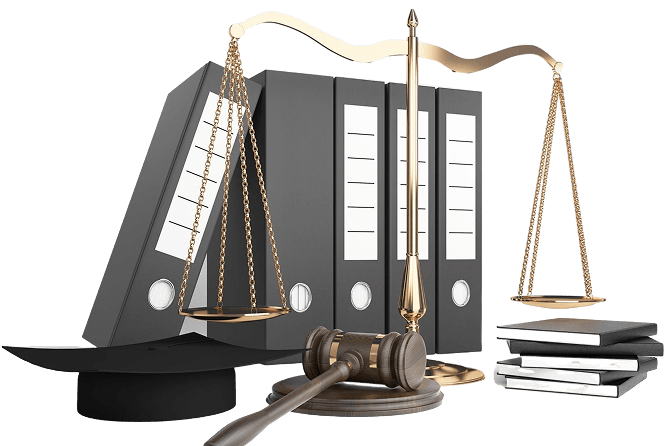FAQS
We are very happy to recieve any query from you
Bogdan Slatineanu Law Firm offer online consultancy?
Yes. Many clients outside Bucharest or in the diaspora prefer online advice. We can schedule a video, telephone or e-mail meeting, depending on the complexity of the case.
How much does a legal consultation cost?
The fee varies depending on the complexity of the case and the time required for the analysis. The consultation can be charged hourly or flat rate. I always give you a clear estimate before we start.
What happens to the information they send you? Is it confidential?
Absolutely. Any information transmitted is protected by professional secrecy. Discretion and trust are fundamental to the legal profession.
I have a business partnership that was not governed by a written contract, can I still win in court?
Yes, but it is more difficult. Indirect evidence can be used - correspondence, payments, repetitive behavior - but the lack of a written contract complicates matters. That is why I always recommend a clear, even simplified, contract.
What happens if a contract term is considered unfair?
This clause can be annulled by the court without affecting the rest of the contract (unless it is an essential clause). It is important that each contractual clause is drafted correctly, balanced and in compliance with the law.
What is a Maritime claim and how can I recover it?
A maritime debt is a debt born of an activity directly related to the exploitation of a ship-ship, damage, services, unpaid salaries, etc. You can initiate the recovery procedure including by seizing the ship or by civil action, depending on the nature of the debt.
How long does the seizure of a ship last and what does it mean?
The seizure can be established in a few days, by a court decision. Once issued, the ship is retained in the port until the debt is paid or until the dispute is resolved. It is an urgent and efficient procedure, but it must be solidified.
Can I sue a foreign company in Romania in case of Maritime conflict?
Yes, under certain conditions. If the ship is in the Romanian port, if there is a clause of jurisdiction in the contract or if the deed has produced effects in Romania, you have the right to act in the Romanian courts.
I have a final decision. What follows to recover my money?
The forced execution follows. He collaborates with a judicial executor, who will identify the debtor's assets (accounts, movable or immovable property) and will begin the recovery procedure.
Can I recover a debt older than 3 years?
In most cases, no. After 3 years, the debts are prescribed if they have not been interrupted by legal actions. There are exceptions, but it is essential to act before the term expires.
What is ship seizure and when does it apply?
Seizure is a temporary precautionary measure whereby a ship is lawfully detained in port at the request of a party claiming a maritime claim. The purpose is to ensure that the ship does not leave the jurisdiction pending the resolution of the dispute. It is governed by both the Brussels Convention of 1952 and the Geneva Convention of 1999 (to which Romania is a signatory), as well as by the Code of Civil Procedure and applicable national legislation.
Typical situations that may lead to the arrest of the ship:
- Non-payment of freight (price of sea transportation);
- Debts to suppliers or crew;
- Damage caused by fault of master or crew;
- Damage to cargo carried;
- Ship ownership disputes or maritime liens;
- Maritime pollution or violations of port regulations.
How the seizure is initiated - essential steps:
1. Preparing the documentation - an application is submitted to the competent court (in Romania, usually the Magistrate's Court or Tribunal within the radius of the port of mooring), accompanied by:
- Proof of maritime claim (contracts, invoices, e-mails, inspection reports);
- identification of the ship (name, IMO, port of registration);
- justification of urgency.
2. Issuance of the arrest warrant - if the court grants the application, it issues a warrant allowing the vessel to be detained in port by the port authority, with the assistance of the competent authorities.
3. Notifying the parties involved - including the master, shipowner, ship's agent and port authorities.
4. Filing of the substantive action - within 20-30 days after the measure has been taken, it is mandatory to file the action .
Typical situations that may lead to the arrest of the ship:
- Non-payment of freight (price of sea transportation);
- Debts to suppliers or crew;
- Damage caused by fault of master or crew;
- Damage to cargo carried;
- Ship ownership disputes or maritime liens;
- Maritime pollution or violations of port regulations.
How the seizure is initiated - essential steps:
1. Preparing the documentation - an application is submitted to the competent court (in Romania, usually the Magistrate's Court or Tribunal within the radius of the port of mooring), accompanied by:
- Proof of maritime claim (contracts, invoices, e-mails, inspection reports);
- identification of the ship (name, IMO, port of registration);
- justification of urgency.
2. Issuance of the arrest warrant - if the court grants the application, it issues a warrant allowing the vessel to be detained in port by the port authority, with the assistance of the competent authorities.
3. Notifying the parties involved - including the master, shipowner, ship's agent and port authorities.
4. Filing of the substantive action - within 20-30 days after the measure has been taken, it is mandatory to file the action .



